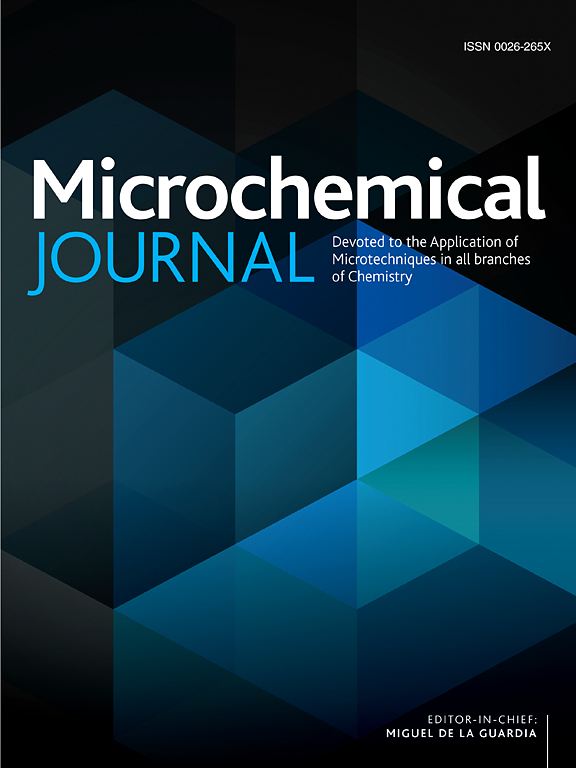Electrochemical carbon-based sensors for non-enzymatic uric acid sensing
IF 4.9
2区 化学
Q1 CHEMISTRY, ANALYTICAL
引用次数: 0
Abstract
Given the clinical importance of uric acid (UA) in various metabolic and cardiovascular disorders, there is an urgent need for the development of reliable monitoring methods. Biosensors have emerged as a promising diagnostic platform for continuous bedside UA monitoring. Recent advancements in novel electrocatalysts, enzyme immobilization strategies, and flexible sensing platforms have significantly enhanced these biosensors’ sensitivity, specificity, and portability. A key area of focus is the development of smart nanomaterials that mimic enzyme action without compromising the electrochemical response for UA detection. This review explores the current landscape of nanomaterials, particularly carbon-based nanomaterials such as carbon nanotubes, graphene, carbon dots, and carbon black, for non-enzymatic UA sensing. It offers comprehensive insights into the latest progress in carbon-based nanomaterials, their performance in point-of-care analysis systems for UA monitoring, the challenges faced, and future directions for clinical implementation.

求助全文
约1分钟内获得全文
求助全文
来源期刊

Microchemical Journal
化学-分析化学
CiteScore
8.70
自引率
8.30%
发文量
1131
审稿时长
1.9 months
期刊介绍:
The Microchemical Journal is a peer reviewed journal devoted to all aspects and phases of analytical chemistry and chemical analysis. The Microchemical Journal publishes articles which are at the forefront of modern analytical chemistry and cover innovations in the techniques to the finest possible limits. This includes fundamental aspects, instrumentation, new developments, innovative and novel methods and applications including environmental and clinical field.
Traditional classical analytical methods such as spectrophotometry and titrimetry as well as established instrumentation methods such as flame and graphite furnace atomic absorption spectrometry, gas chromatography, and modified glassy or carbon electrode electrochemical methods will be considered, provided they show significant improvements and novelty compared to the established methods.
 求助内容:
求助内容: 应助结果提醒方式:
应助结果提醒方式:


